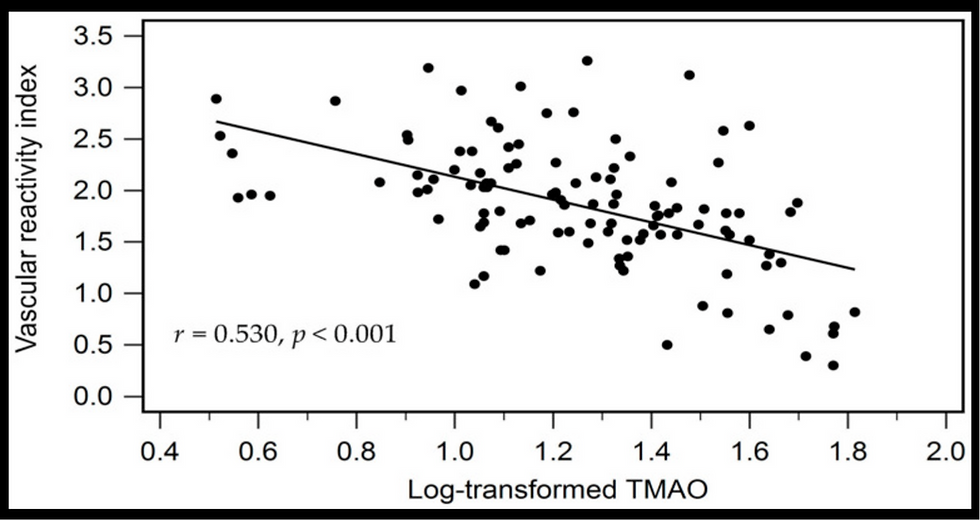Are you or your patients SITTING on endothelial dysfunction?
- heartlung
- Jan 16, 2023
- 1 min read
Am J Physiol Heart Circ Physiol. 2017 Jul 21:ajpheart.00326.2017. doi: 10.1152/ajpheart.00326.2017. [Epub ahead of print]
Prolonged sitting leg vasculopathy: contributing factors and clinical implications.
Padilla J1, Fadel PJ2.
Author information 1University of Missouri padillaja@missouri.edu.2University of Texas at Arlington.
Abstract Atherosclerotic peripheral artery disease primarily manifests in the medium-to large-sized conduit arteries of the lower extremities. However, the factors underlying this increased vulnerability of leg macrovasculature to disease are largely unidentified. On the basis of recent studies, we propose that excessive time spent in the sitting position and the ensuing reduction in leg blood flow-induced shear stress causes endothelial cell dysfunction, a key predisposing factor to peripheral artery disease. In particular, this review summarizes the findings from laboratory-based sitting studies revealing acute leg vascular dysfunction with prolonged sitting in young healthy subjects, discusses the primary physiological mechanisms and the potential long-term implications of such leg vasculopathy with repeated exposure to prolonged sitting, as well as identifies strategies that may be effective at evading it. Copyright © 2017, American Journal of Physiology-Heart and Circulatory Physiology.
KEYWORDS: blood flow; endothelial function; physical inactivity; sedentarism; shear stress
Endothelial Function Scientific Update Sponsored by Endothelix Inc.
![Lipoprotein(a) levels predict endothelial dysfunction in maintenance hemodialysis patients: evidence from [VENDYS] vascular reactivity index assessment](https://static.wixstatic.com/media/dac531_5285607cc591409a9d83746f042af7c6~mv2.png/v1/fill/w_980,h_980,al_c,q_90,usm_0.66_1.00_0.01,enc_avif,quality_auto/dac531_5285607cc591409a9d83746f042af7c6~mv2.png)


Comments